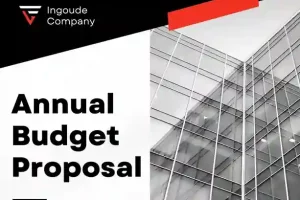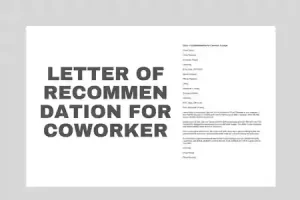Simple budget proposal template – Have you ever had a great idea but needed help figuring out how to make it happen? You may want to start a club, plan...
A letter of recommendation for coworker example is a document that talks about the coworker’s skills, achievements, and good qualities. It is usually written...
The tone of the motivation letter for mortgage should be positive and enthusiastic, but the tone should not be too serious. The tone of the letter should be...
Nursing resignation letter template is a legal document that gives the employer sufficient time to replace you. A nurse should thank the employer for the time...
Do you want to create the one sales letter example that could bring in millions and secure you a retirement on the Caribbean? Maybe you’ve already sent...
Writing a condolence letter template isn’t just difficult, but it can also be painful. In the midst of sadness, you must take your thoughts in order and...
A request letter sample is a formal correspondence in which one person asks another person for something. The recipient of the letter should appreciate your...
When writing a resignation letter sample template, it’s important to be courteous, professional, and professional. Be sure to state your reason for...
If you’re trying to get a scholarship for your PhD. program, you’ll need a motivation letter for PhD to sell your skills. The goal of writing a...
This article will teach you the steps to create quickly and effortlessly an excellent character reference letter you will be satisfied with. If you’ve...










